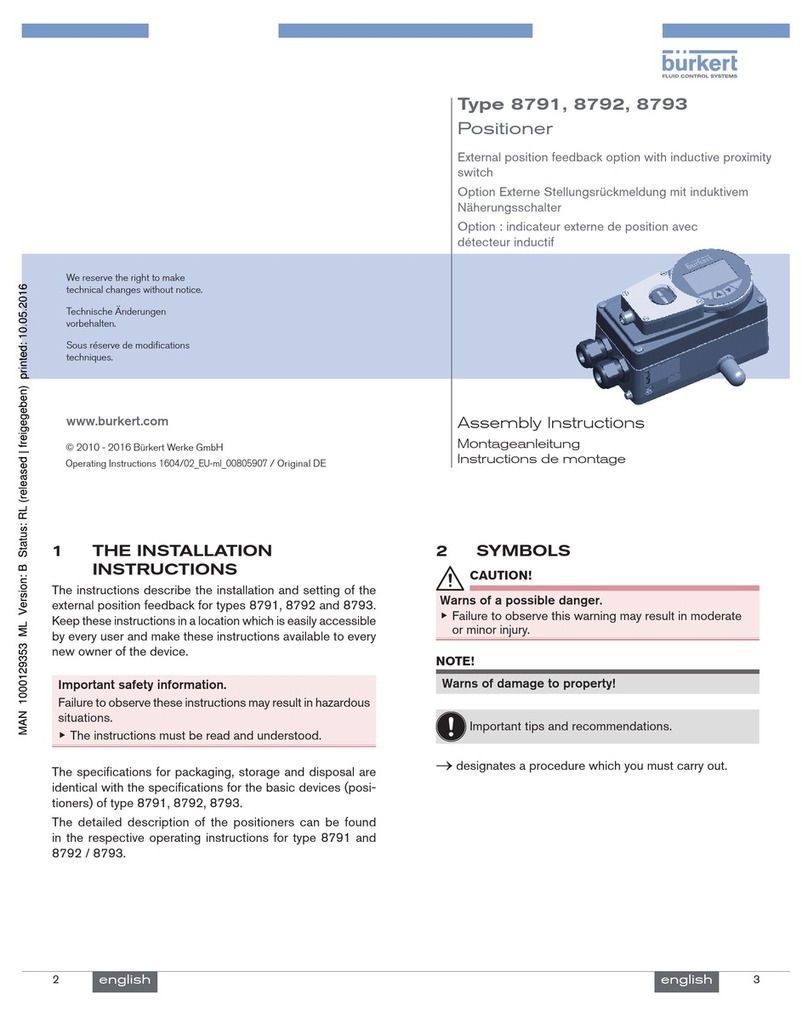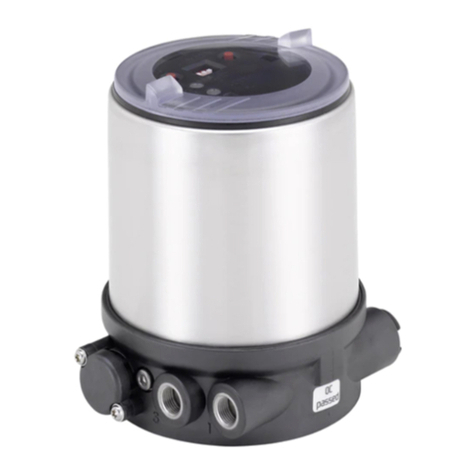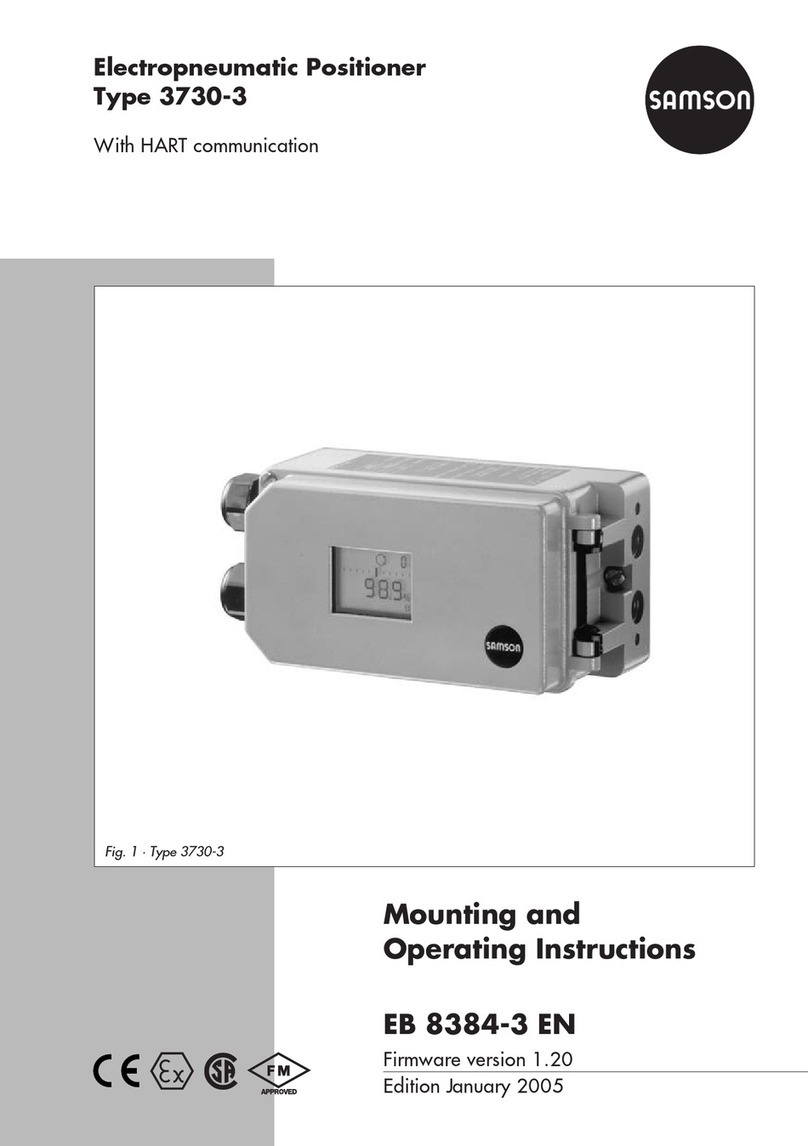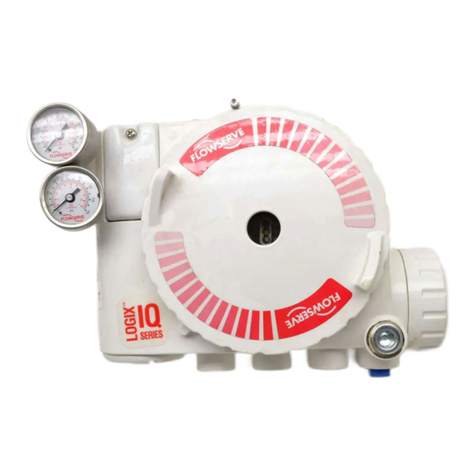
4
6 TECHNICAL DATA .............................................................................................................................................................................21
6.1 Conformity ..............................................................................................................................................................................21
6.2 Standards ................................................................................................................................................................................21
6.3 Licenses ...................................................................................................................................................................................21
6.4 Operating conditions ........................................................................................................................................................21
6.5 Mechanical data ...................................................................................................................................................................21
6.6 Pneumatic data ....................................................................................................................................................................22
6.7 Type label ................................................................................................................................................................................22
6.8 UL additional label ..............................................................................................................................................................23
6.9 Electrical data .......................................................................................................................................................................23
6.10 Factory settings of the positioner ..............................................................................................................................24
7 CONTROL AND DISPLAY ELEMENTS ...................................................................................................................................25
7.1 Operating status ...................................................................................................................................................................... 25
7.2 Control and display elements of the positioner .................................................................................................25
7.3 Configuration of the keys ................................................................................................................................................... 26
7.4 Function of the DIP switches ........................................................................................................................................... 28
7.5 Display of the LEDs ............................................................................................................................................................... 30
7.6 Error messages ....................................................................................................................................................................... 31
7.6.1 Error messages in MANUAL and AUTOMATIC operating statuses .........................................31
7.6.2 Error messages while the X.TUNE function is running ..............................................................31
8 INSTALLATION ...................................................................................................................................................................................32
8.1 Safety instructions .............................................................................................................................................................32
8.2 Installation of the positioner Type 8696 to process valves of series 2103, 2300 and 2301 ......32
8.3 Rotating the actuator module for process valves belonging to series 2300 and 2301 ................36
9 PNEUMATIC INSTALLATION .......................................................................................................................................................38
10 ELECTRICAL INSTALLATION 24 V DC ...................................................................................................................................40
10.2 Electrical installation with circular plug-in connector .....................................................................................41
english
Type 8696





























